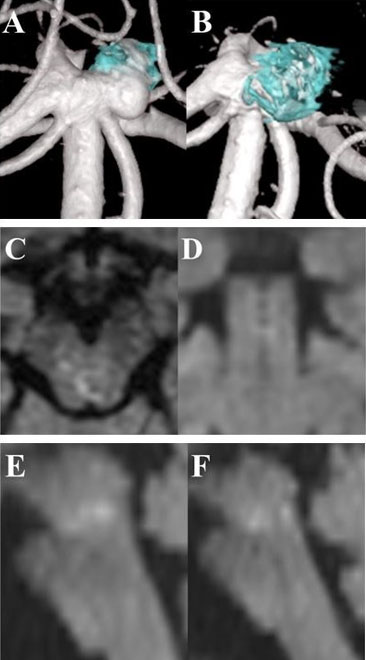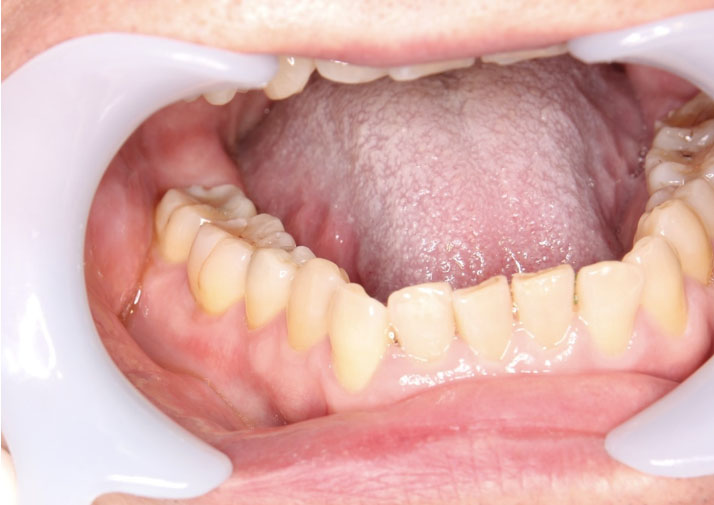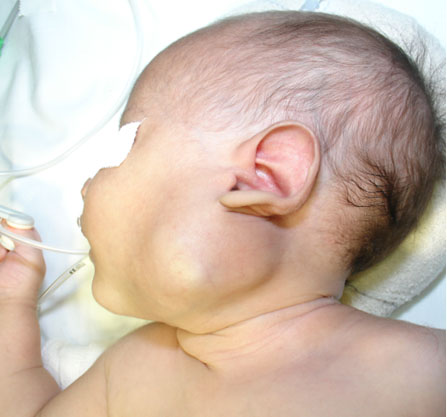 |
Case Report
Bitis arietans bite poisoning in Angola regarding a clinical case with compartment syndrome
1 National Center for Scientific Research, Luanda, Angola
2 Intensive Care Unit of the Principal Military Hospital/Instituto Superior, Luanda, Angola
3 Department of General Surgery of the Principal Military Hospital/Instituto Superior, Luanda, Angola
4 Department of Public Health of the Faculty of Medicine at Agostinho Neto University, Luanda, Angola
Address correspondence to:
Paula Regina Simões de Oliveira
National Center for Scientific Research, Luanda,
Angola
Message to Corresponding Author
Article ID: 101501Z01PO2025
Access full text article on other devices

Access PDF of article on other devices

How to cite this article
Simões de Oliveira PR, Baldaia N, Gaspar CH, Campos J, Silva JB. Bitis arietans bite poisoning in Angola regarding a clinical case with compartment syndrome. Int J Case Rep Images 2025;16(1):68–75.ABSTRACT
Introduction: Snake bite poisoning is a serious medical condition and a frequent medical-surgical emergency, which primarily affects rural communities in Africa, Latin America, Asia, and New Guinea. Throughout Southern and Eastern Africa, Bitis arietans is responsible for the majority of cases of serious poisoning and death. This article aims to present the first published clinical case that occurred in Angola regarding compartment syndrome caused by a Bitis arietans bite.
Case Report: The patient presented compartment syndrome of the right upper limb and profuse bleeding from the bite site with flexural lesions at the level of the forearm, limited movement, and painful palpation. Thumb with bleeding punctuates lesion and blackened skin, asymmetrical chest due to increased volume of the right pectoral region, painful on palpation and without subcutaneous emphysema. After a period of 92 days in hospital and undergoing 9 surgeries, the patient evolved satisfactorily, despite prolonged stay, with surgical approximation of the edges of the surgical wound and it was decided to discharge him for follow-up in surgery consultation.
Conclusion: The multivariate spectrum of clinical complications developed and presented in this case demonstrates that snakebites have unique characteristics that make their prevention and control challenging. Inaccessibility to differentiated healthcare tends to increase complications and the probability of death, when combined with the fact that antivenom is not produced or available in our country. In Angola, snake bites are not a notifiable disease, which makes it difficult to know the statistics of the problem.
Keywords: Angola, Bitis arietans, Compartment syndrome
SUPPORTING INFORMATION
Acknowledgments
The authors thank Main Military Hospital Higher Institute for providing all material and laboratory resources to handle this case.
Author ContributionsPaula Regina Simões de Oliveira - Substantial contributions to conception and design, Interpretation of data, Drafting the article, Revising it critically for important intellectual content, Final approval of the version to be published
Nelson Baldaia - Acquisition of data, Analysis of data, Drafting the article, Final approval of the version to be published
Cerezo H Gaspar - Acquisition of data, Analysis of data, Drafting the article, Final approval of the version to be published
Jéssica Campos - Acquisition of data, Analysis of data, Interpretation of data, Drafting the article, Final approval of the version to be published
Jose B Silva - Analysis of data, Interpretation of data, Drafting the article, Revising it critically for important intellectual content, Final approval of the version to be published
Guarantor of SubmissionThe corresponding author is the guarantor of submission.
Source of SupportNone
Consent StatementWritten informed consent was obtained from the patient for publication of this article.
Data AvailabilityAll relevant data are within the paper and its Supporting Information files.
Conflict of InterestAuthors declare no conflict of interest.
Copyright© 2025 Paula Regina Simões de Oliveira et al. This article is distributed under the terms of Creative Commons Attribution License which permits unrestricted use, distribution and reproduction in any medium provided the original author(s) and original publisher are properly credited. Please see the copyright policy on the journal website for more information.





